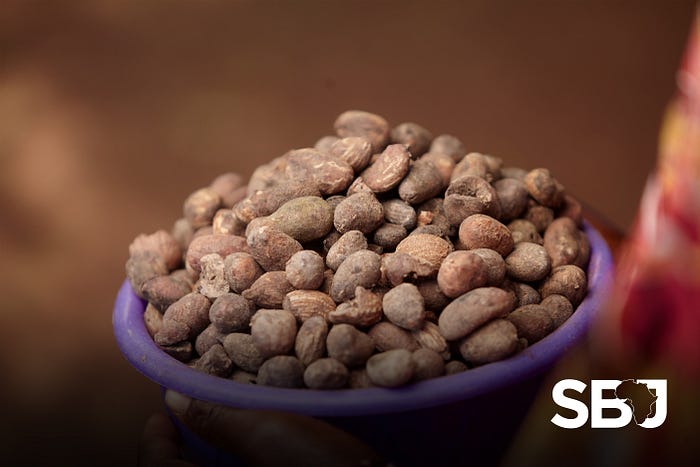From Shea to City: Tracing the Roots of Tamale Through the Shea Tree

There is a tree whose tale is as rich and nourishing as its produce in the far north of Ghana, where the sun-drenched savannah meets the tenacity of its people. This is the tale of the shea fruit, known locally as Tama. This story threads through the pages of history and weaves into the fabric of Tamale, the vibrant capital of the Northern Region. Through the interplay of folklore and economic prowess, we unravel the story of shea, from a humble tree to a commodity that captivates the global market.
“Tamale” carries the echoes of shea’s historical significance, originating from the region’s association with the shea fruit. Local folklore speaks of a time when women would venture into the forest, calling out in Dagbani, “ti chani la Tama ni,” meaning “I am going to the shea forest.” The phrase “Tama ni” later evolved to Tamale, the regional capital we know today. Tamale was born from the heart of the shea forest, a testament to the deep-rooted connection between the land and its people.

In the northern region of Ghana, the shea tree is a common sight, its fruit a delightful snack for the locals, and its butter a staple in traditional cooking. Dishes like “Maasa” and “Yama” are enriched with its flavor, while its healing properties make it a go-to remedy for burns and skin infections. It is the first body butter to be used on a baby’s skin, leaving the skin glowing while its nutty and earthly scent adds an allure to it. As global awareness of shea’s benefits grows, so does its economic significance. No longer merely a local treasure, shea butter has become a coveted ingredient in the global food and cosmetics industries, rivaling even cocoa butter in its versatility and value.
In 2022 alone, Ghana exported shea butter worth US$92.6 million and kernels worth US$20 million in 2021. The economic impact of shea is profound, especially for the women who dominate its production and trade. For them, shea is not just a product; it is a lifeline, a means to economic participation and empowerment that transforms lives and alleviates poverty in rural communities.

The global demand for shea butter continues to soar, driven by its versatile applications and growing consumer preference for natural, sustainable ingredients. The global market for shea butter is estimated at US$2.75 billion, with projections indicating a growth to $5.58 billion by the year 2033. Tamale and northern Ghana as a whole, with their rich heritage and abundant shea resources, are well-positioned to capitalize on this trend, standing as a beacon of Ghana’s rich legacy in shea production.
The journey of shea from a traditional commodity to a global phenomenon is a testament to the power of economic innovation and cultural heritage. As Tamale continues to be a focal point in the shea trade, it highlights the transformative potential of this remarkable tree in shaping the socio-economic landscape of Northern Ghana. To fully harness this potential, sustained investment in infrastructure, technology, and inclusive policies is essential. The perpetuation of the shea legacy and the enrichment of future generations’ lives are contingent upon the empowerment of women and the promotion of sustainable development.
As we look to the future, let us celebrate the legacy of Tama ni and the city it inspired. We can create a future where the echoes of the past resonate in the prosperity of tomorrow by cherishing the intrinsic value of shea and investing in its potential. This is the story of Tamale, a city born from the shea forest, and it is one of resilience, innovation, and hope.
